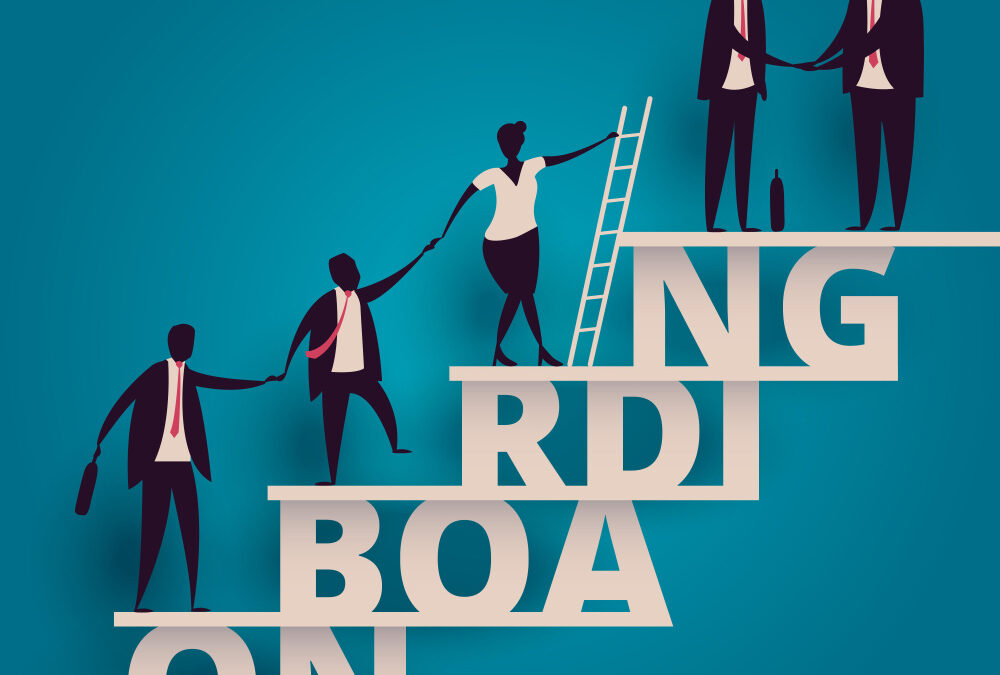Your HR department spends a lot of time, money, and energy finding the perfect candidate. But without an effective employee onboarding system, even the best applicant can struggle to fill company expectations. Answering these 6 questions and creating an employee onboarding plan around them, can reduce the time it takes for new hires to get up to speed, making them productive members of your team quickly and efficiently.
Why Thoughtful Onboarding is Important
Creating an employee onboarding plan starts with the “why.” You need to set clear goals for new hires in their first month, ninety days, even their first year, and then make sure that your strategy sets them up for success. For each category of employee, ask yourself what a successful onboarding looks like, and how quickly it can be completed. For example, a new salesperson may need to be able to pitch your product and negotiate a sale in a relatively short period of time. However, someone in research and development may take longer to become familiar with your product and processes. You might ask current employees when they started to feel like part of the team, or what they would expect a new hire to contribute.
Get Help with Leadership, Conflict Resolution, and Business Strategy
Talk to a consultant who can help you make strategic decisions about the future of your business.
Who is Responsible for Employee Onboarding
Next, decide who will take the lead on getting your new hire integrated into the company and their particular team. For example, HR may start off with initial trainings, orientations, and paperwork before handing a new employee off to a team lead or supervisor. Consider naming a peer mentor for each new employee, someone other than their supervisor who has done the job before. This mentor can serve as a go-to person for procedural questions and provide a single contact point, and someone your new employee can get to know easily who can introduce them to the rest of the team.
What Does a New Hire Need to Know to Be Part of the Team
Now it’s time to make a checklist, laying out what your new hire needs to know to do their job. It should include everything from government-mandated safety and harassment training to project-specific processes and procedures. Make sure your checklist includes:
- Hiring documentation (W-9s, insurance paperwork, benefits information, etc.)
- Introductions and tours
- Initial account setups (email, inter-company messaging, website credentials, databases, payroll and timekeeping applications, etc.)
- Company core values orientations
- Mandatory trainings
- Overviews of existing company structures (including team structures)
- Job descriptions and responsibilities
- Demonstrations of current practices
- Tools training (software, databases, equipment, etc.)
- Demonstrations of the company’s product or service
- Clear description of the end goal to the employee
Where Can Employees Find Training and Support
Next, identify where employees will go to check the items off their list. This can help you create a day-one itinerary for new hires, as well as create a self-guided employee onboarding plan they can use to settle in to their new position. The “where” in this case may be hyperlinks to online training videos, documentation for processes, employee handbooks, or policy manuals. It may identify experts or support personnel who can help your new hire get everything set up. This step is especially important for employees who will work remotely or without direct supervision.
When to Evaluate Employee Onboarding Success
The last step in any employee onboarding plan is to determine when it is complete. Obviously, new employees will continue to encounter unasked questions and unexpected obstacles well into their time at your company. But you should clearly set a reasonable timeframe in which you expect they will be making a meaningful contribution to the team. This may mean offering a presentation to their coworkers, demonstrating their sales pitch to a supervisor, or taking on a project assignment. Setting out these expectations at the start will help new employees gauge whether they are keeping up with your expectations.
How to Address Employee Onboarding Shortfalls
It can often be difficult for longstanding team members to see all the steps needed for a successful employee onboarding plan. If your new hires report feeling ill-prepared for their new positions, you may need to update your process. Working with an external business consultant can help you identify and address employee onboarding shortfalls and create a plan to make future hiring easier.
David Stanislaw is a leadership and executive coach with over 30 years’ experience helping business owners and leaders improve hiring and team efficiency. Contact us to meet with David and bring on a thought partner for your business goals today.


Recent Comments